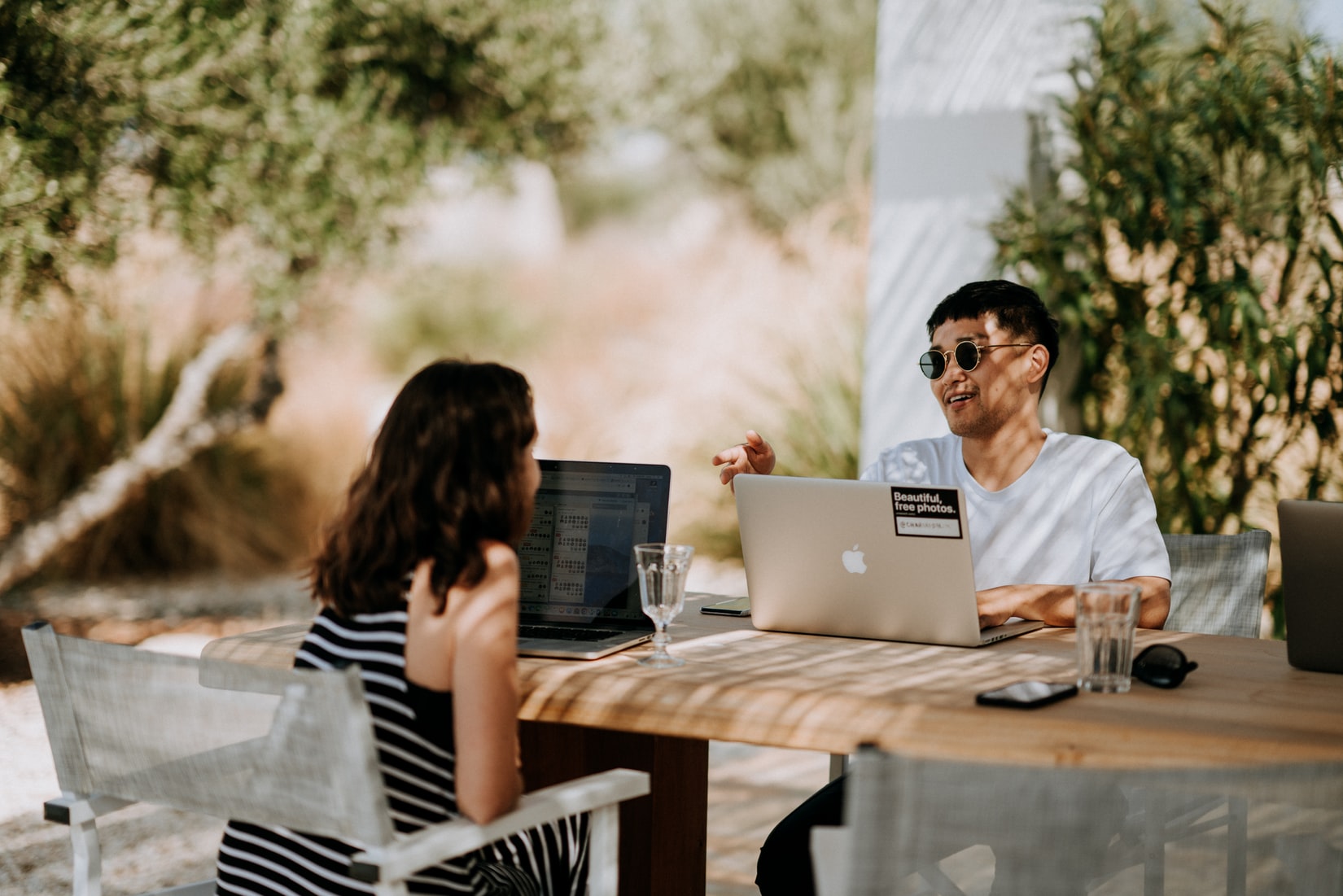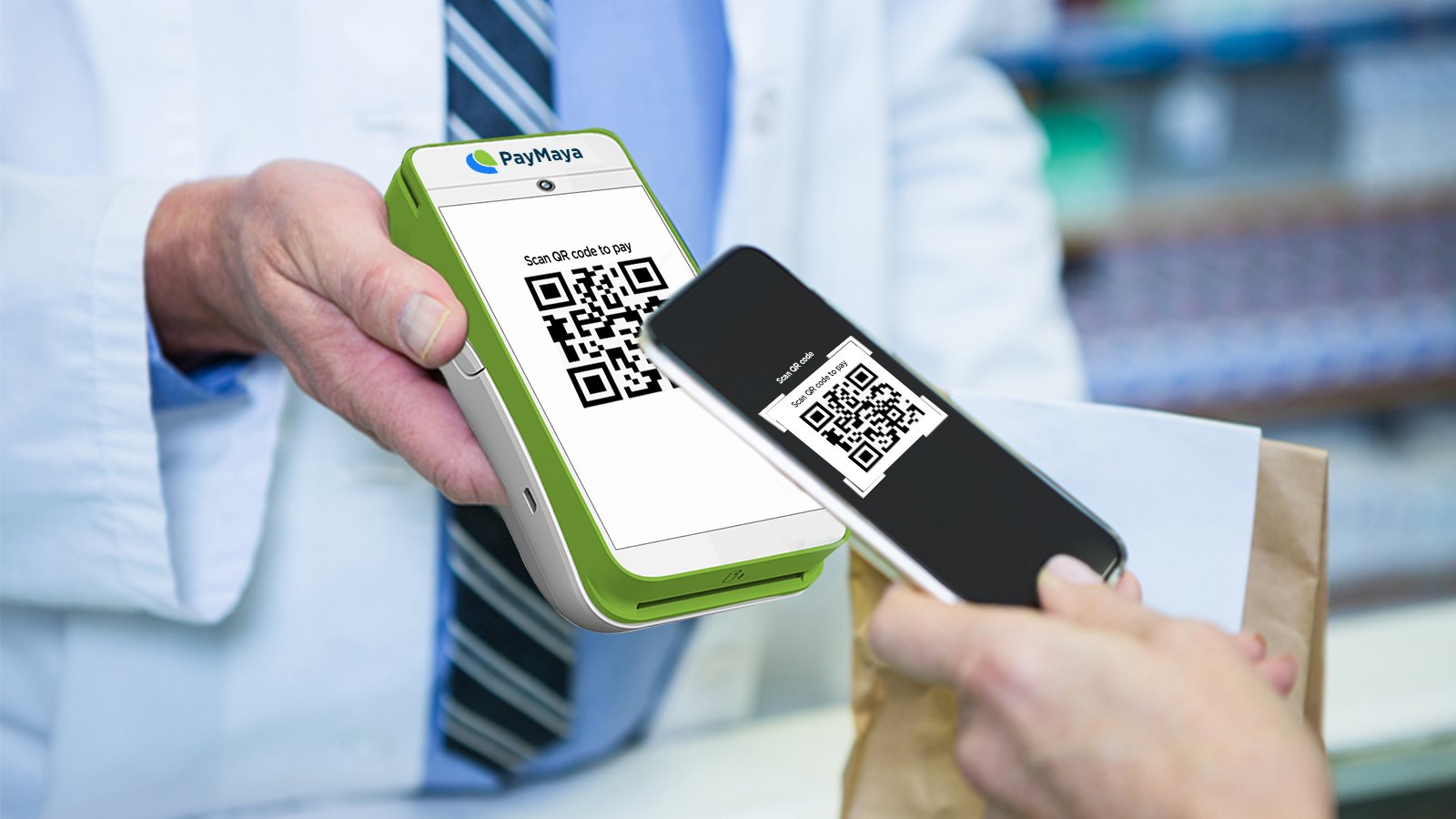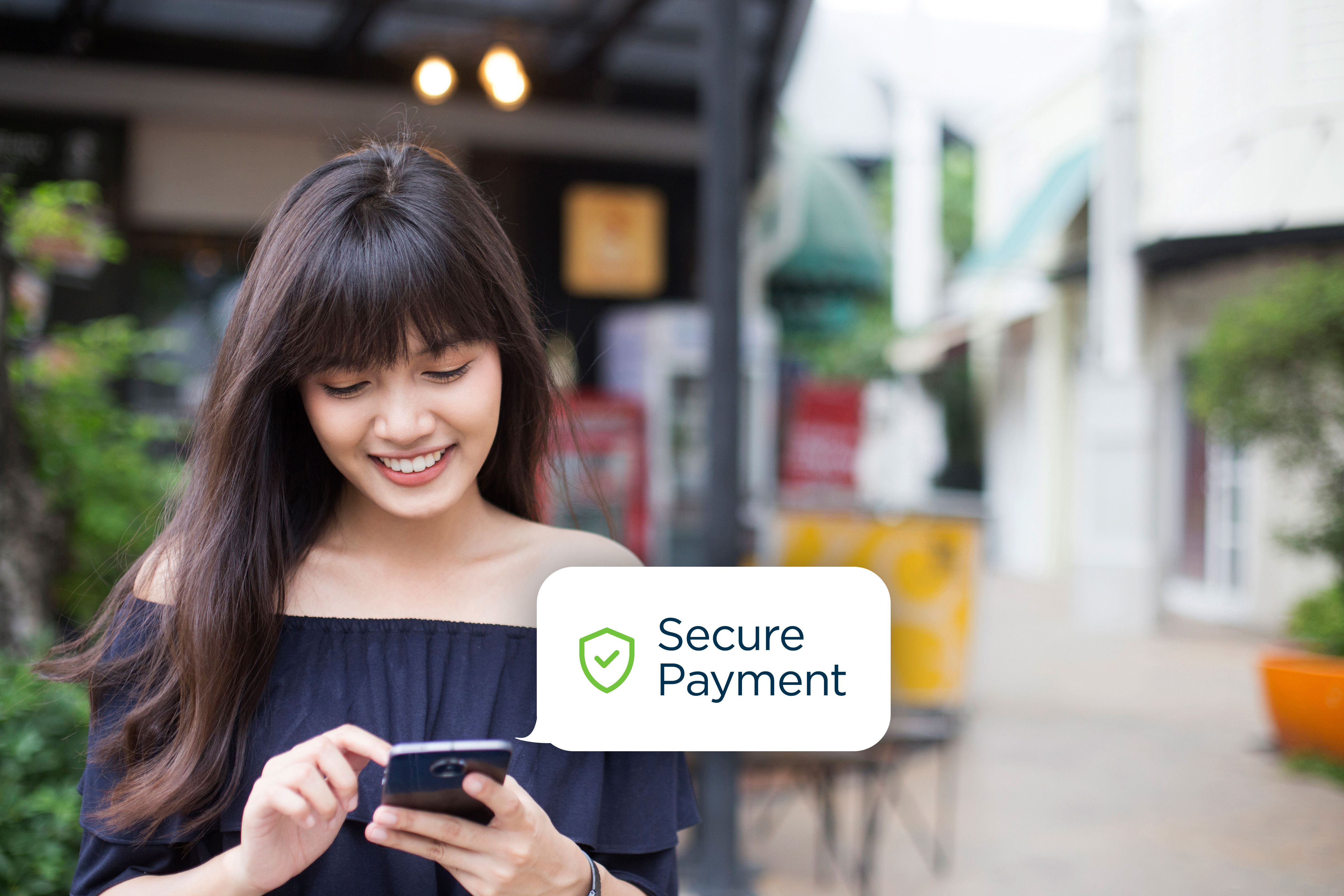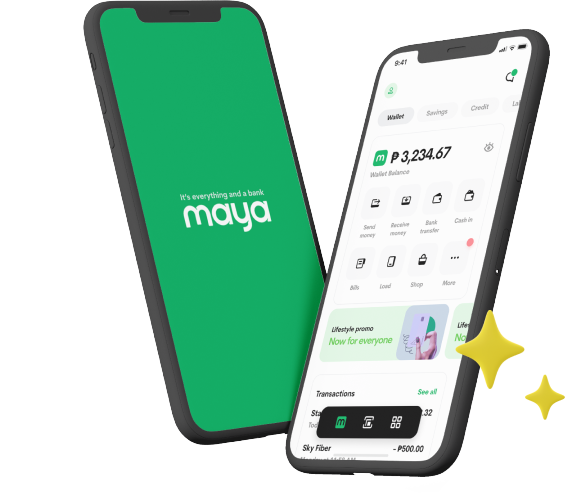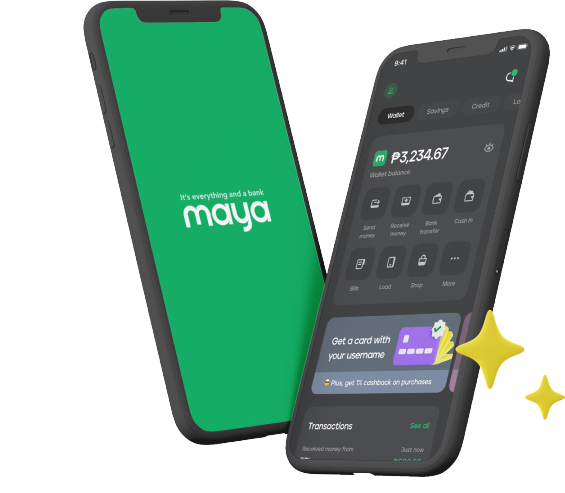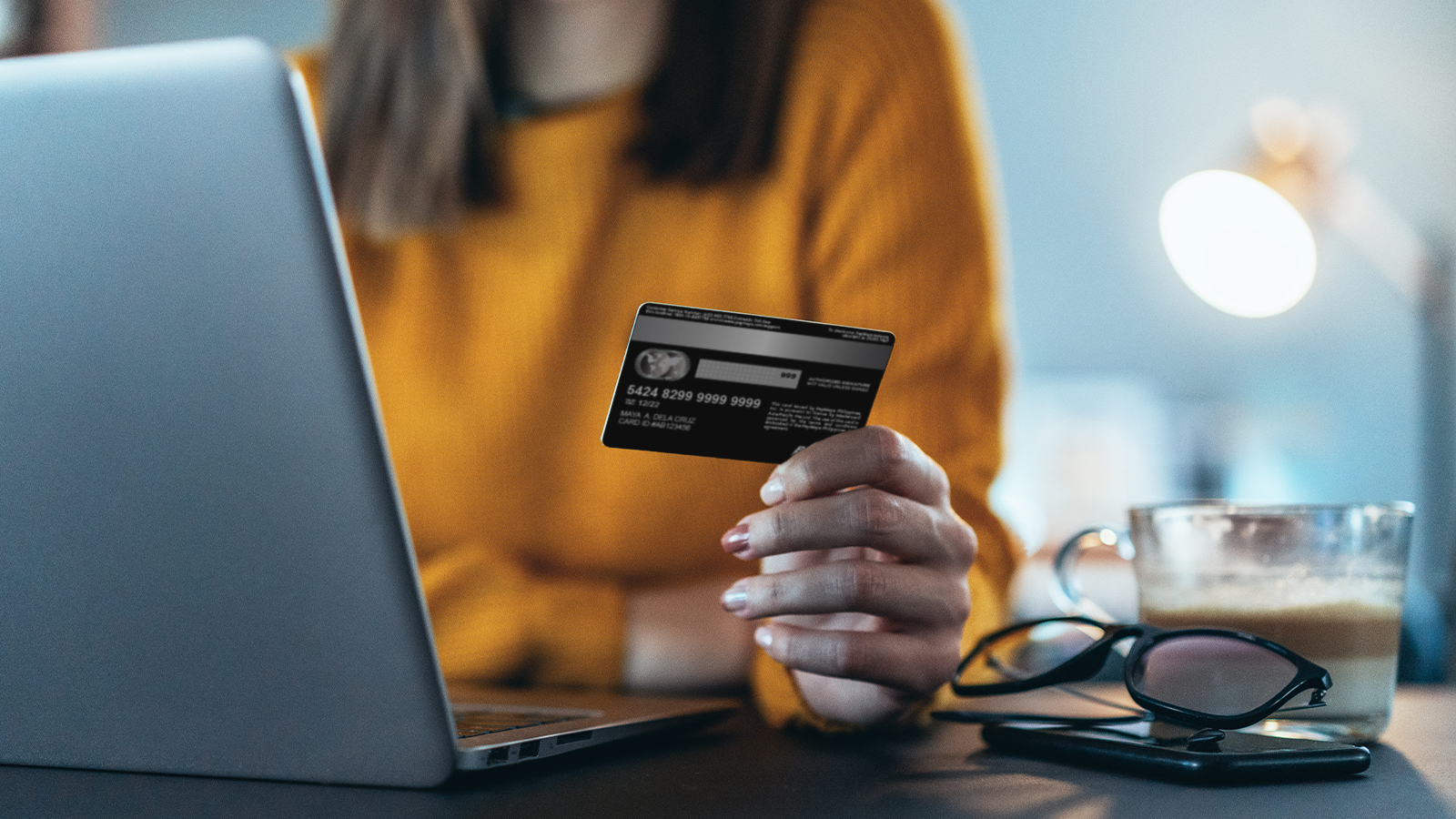
Thanks to contactless payment solutions like debit and credit cards, it’s easier than ever to shop and pay your bills. Whether you prefer doing these errands traditionally or completely online, there’s no denying that these cards have made things more convenient.
However, don’t let the convenience lull you into complacency. In fact, the increased convenience should make you more careful and vigilant in protecting your accounts to ensure that your personal and financial details will not be compromised.
Here are just a few of the most crucial steps you should take for the safe use of your debit and credit cards:
Don’t Share Your PIN
PIN stands for “personal identification number.” As such, you should keep your PINs private. It doesn’t matter if the PIN is for your smartphone, financial apps, or debit card—don’t share them with anyone! It’s also a good idea to change your PINs from time to time and use combinations that aren’t tied to personal information (like birthdays). You can use password keepers to help you remember the PINs and passwords for all your accounts.
For your credit card, one of the most important numbers to keep secure is the CVV or the card verification value. Depending on the credit card company, the CVV will either be three or four numbers. This combination is used for validating your online transactions. Even if cybercriminals get hold of your credit card number and expiry date, they won’t be able to proceed with any purchases without the CVV. In short, keep this number private.
Shop Only From Legitimate Sites
To ensure that your card details remain safe when online shopping, be picky about the stores where you shop. Order only from legitimate websites and sellers. Check the URL and ensure that it begins with https and not http. There should also be a padlock icon somewhere on the address bar to indicate the site’s security.
If you really have to shop from unsecure or unverified sites, don’t use your debit or credit card. Instead, use alternative payment options such as e-wallets or online bank transfers. You can also opt for cash on delivery, but be sure to practice physical distancing and proper disinfection to protect your health.
Have a Dedicated Card for Online Shopping
If you have multiple debit and credit cards, it’s a wise idea to pick one that you can dedicate for online shopping. This way, if the card or your device gets compromised, only one account will be affected. You may also opt for virtual cards that can ONLY be used for online shopping. This further minimizes the risk of endangering your personal and financial information.
Don’t Shop on Public Networks
To avoid online scammers and cyber criminals, it’s best to use a private network when shopping and conducting other financial transactions online. This is because public internet connections are vulnerable to cyber attacks, simply because the data is easier to intercept.
With a private network that’s properly set-up and protected, hackers will have a more difficult time accessing your banking credentials, passwords, and other confidential information.
Use Security Software
Speaking of a protected network, you should invest in security software for all your devices: desktop, laptop, and smartphone. Antivirus software can help block malicious sites and inform you if your system is under attack. Pick a product that has comprehensive internet security and pop-up blockers to ensure that you receive full protection.
Use 2FA and Other Extra Security Measures
When all else fails and your debit or credit card account gets compromised, 2FA or two-factor authentication can save you. This is a second layer of protection that requires the user to input a passcode—the one-time password or OTP—sent through text or email. If the hacker can’t input this within a prescribed time, the transaction won’t push through.
This means that if you receive a request to input an OTP but you didn’t make any purchases or payments, then your account has been compromised. Immediately change your login credentials and report the incident to your bank.
Another layer of protection that you should activate are text or email alerts when withdrawals are made from your debit card. Often, banking apps allow you to set an amount threshold. For example, you’ll only be alerted if there is a withdrawal of Php 1,000 and above. Activating this feature will not necessarily prevent theft, but it can help you freeze accounts that have been compromised.
Pay Attention When You Use ATMs
When you withdraw money using ATMs, make sure to check the machine first. Look at the money dispenser and the card slot and see if there are any modifications. You should also inspect the keypad if there are any irregularities. Some criminals use skimmers and other devices to capture your information so if you notice anything amiss, don’t proceed and just use another ATM.
Of course, you should also take care when entering your PIN. Make sure to cover your hand and that no one is looking over your shoulder. Once you receive the cash, don’t hang around the machine. Count your money quickly and leave.
You might feel that doing all of the above is bordering on paranoid. However, they’re necessary steps if you want to keep your accounts protected. After all, it’s better to be safe than sorry.
You might also like
These Stories on Financial Literacy
